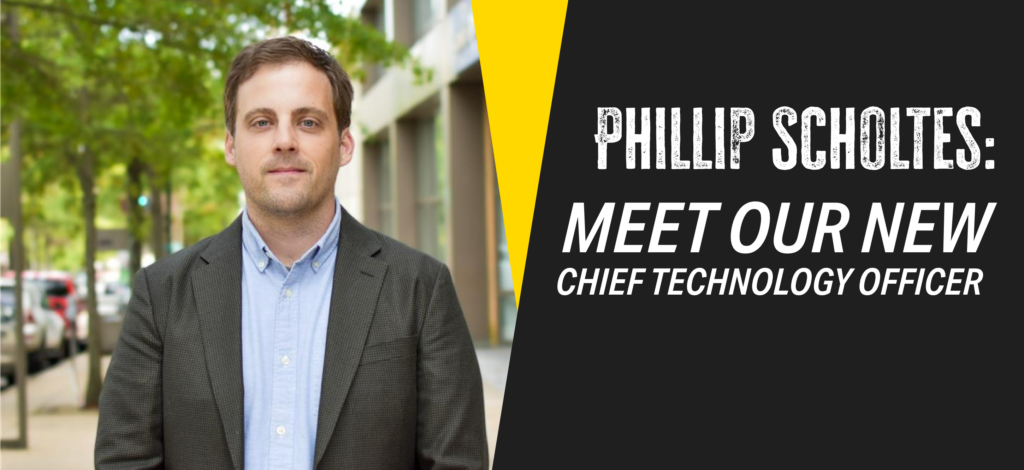After facilitating over a thousand professional interviews in my life, I find myself struggling with the quality of applicants these days. It has been a while since I have interviewed frontline positions, and, due to some extreme growth in the organization, my assistance was needed with filling a few early career positions. Mind you, these are professional early career jobs paying $40k/annually. To provide context, Priority1 is a top employer. We were awarded Arkansas Best Employer in 2015, we received a Better Business Bureau Torch Award for extreme business ethics in 2015, and we have an excellent benefits package for all employees. Historically, Priority1 has paid 100% of the family medical insurance premiums for every hourly and salaried employee. In addition, we have a profit sharing program that pays out 15% of each employees’ total earnings. Our recruiters do not often have a difficult time getting people excited about what Priority1 has to offer, but they are having a tougher time getting hiring managers excited about candidates. That got me thinking about the disconnect between hiring managers and potential employees, why were so many candidates failing the interview process?
Based on my recent experiences, I decided to offer up some advice for early career candidates as they graduate college or move on from their first professional job. Keep in mind that I am by no means a hiring authority or published author. These are just my elementary thoughts on how to master the early career interview process. This is not an all-encompassing list, as there is much more to include but if you stick to these you will be in pretty good shape.
#1 – Ace the Phone Screen
The phone screen will typically offer more general questions as the recruiter or hiring manager tries to identify if it is worth their time to bring you in for a more formal in person interview. Most companies use the phone screen as an opportunity to get the number of qualified candidates to a reasonable number without wasting a ton of time. That said, I typically only conduct an interview with about 10% of my phone screens and that is after they have already been phone screened and approved by a recruiter. To provide assistance here is a list of dos and don’ts for the phone screen.
Do:
-Research the company prior to the call
-Do your homework on the position they are hiring for
-Plan to be in a peaceful (quiet) place where you will not have any potential for interruptions
-Make sure that your phone service is adequate to hold a lengthy call without interruption
-Have a resume printed out to be able to reference what the recruiter/hiring manager is referencing
-Keep a pen and paper handy in case you need to write something down
-Speak clearly and with confidence
-Walk around while on the call as it will provide you with more energy as the call drags on – the recruiter/hiring manager will hear that energy
-Have a list of questions for the recruiter/hiring manager about the job, culture, goals of the company, etc…
Don’t:
-Put the call on speaker phone from your cell phone – frankly, it is hard to hear
-Complain about anything! A hiring manager wants to hear how you overcame hurdles in life not what has kept you down
-Take the phone screen from the car while driving
-Try to fit in a phone screen in a busy schedule; make sure the time works for you where you can give it 100% of your attention
#2 – Dress the Part
If you should be so lucky that you dazzled your way past a phone screen and into an in-person interview, you must dress the part of someone who wants the job! I am sure you have seen the studies that indicate people make decisions regarding first impressions within 7 (seven) seconds. It is certainly true in an interview situation where the whole purpose of being there is to be evaluated. Priority1 has an extremely casual work environment at corporate. In fact, it is a little too casual for me some days but it is what makes our workplace productive. That does not excuse an applicant from looking like a slob. If you want a job, regardless of the casual nature of the workplace, you are expected to dress like you are interviewing on Wall Street. That means a suit and tie for gentlemen and a suit or business appropriate dress for women.
Tips:
-The clothes should be well fitted – you do not need designer duds to make an impression – fit is everything! Big and baggy clothes indicate that you are wearing clothes that are out of your league. Not a good first impression.
-Iron your clothes (if you are not good with an iron, get your clothes professionally pressed).
-Match your belt and shoes.
-If you wear a dress, don’t wear a low-cut dress or show too much on top – you want to come off as a professional.
-Do not, under any circumstances, wear white socks – I cannot think of an exception to this rule! Regardless of what you wore to your frat parties, don’t do it!
-Smile! There are few things more infectious than a smile.
-If you have facial hair, clean it up for the interview.
-Ladies, do not wear too much makeup or over-style your hair. This is a job interview, not your senior prom.
-Give a firm handshake.
#3 – Interview Powerfully
In most professional environments, by the time you sit down in front of a hiring manager, your resume has been looked at by at least five individuals, you have been phone screened at least once (probably twice), and someone has made a snap judgment on your appearance. If you haven’t messed any of that up yet, it is now your time to shine! Most companies have moved towards behavior based questions that will look for you to apply real life/work examples and relate them to the questions being asked. While on the surface this seems relatively simple, some people really struggle here. In my organization, I put some challenging questions into the in-person interview. I want to see how uncomfortable I can make a candidate and see how they respond. Be prepared to be stretched with the questions and keep your composure.
Tips:
-Attempt to build rapport with the hiring manager or committee of folks in the interview.
-Speak clearly and confidently.
-Make eye contact with the person who asked the question.
-Use voice inflection to keep your interviewer engaged. Until you have interviewed eight candidates in a day, you have no idea what the hiring manager is going through while their work is getting backed up.
-Body language is huge. Sit up straight, lean forward, and cross your fingers. Crossing your fingers will also prevent you from fidgeting which is a distraction and shows your nerves.
-It is okay to take a brief moment to think through a solid answer.
-Google behavior based interview questions prior to the interview and practice with a friend.
-Understand that the person facilitating the interview wants you to nail the interview as much as you do and at one point in their career the hiring manager was also looking for an early career opportunity. It’s the circle of life!
-I don’t ask about strengths and weaknesses but most interviewers still do, have a good answer to these questions. Google is an excellent resource on how best to address the questions.
-Give a concise answer, don’t ramble on about topics unrelated to the question.
-Have a list of questions that are different and require more detail than your phone screen questions. As an example, ask what the biggest business challenge the hiring manager is currently facing.
-Ask about the company culture and the job fit. I am a big believer that a working relationship is a lot like a marriage in that it needs to be good for both parties to be successful.
-Ask if there are any concerns about your ability to perform the role. Clear out any objectives.
-Don’t ask for the job. It is tacky and in today’s world even if a hiring manager was impressed they have other candidates to interview and cannot legally or ethically answer it, so don’t put them on the spot.
-Ask for a business card from everyone in the room. You will need their contact information to provide an email follow up thanking each of them for their time. I used to think that sending a handwritten card was better but nowadays I would opt for an email as a decision could be made before your personalized stationary arrives onto the hiring manager’s desk.
While most of this may come across as common sense, it is very apparent from my recent endeavors that this advice is not always making it to the candidates. Help a young professional out by sending them this post!
Dan Berardi, General Manager and COO






